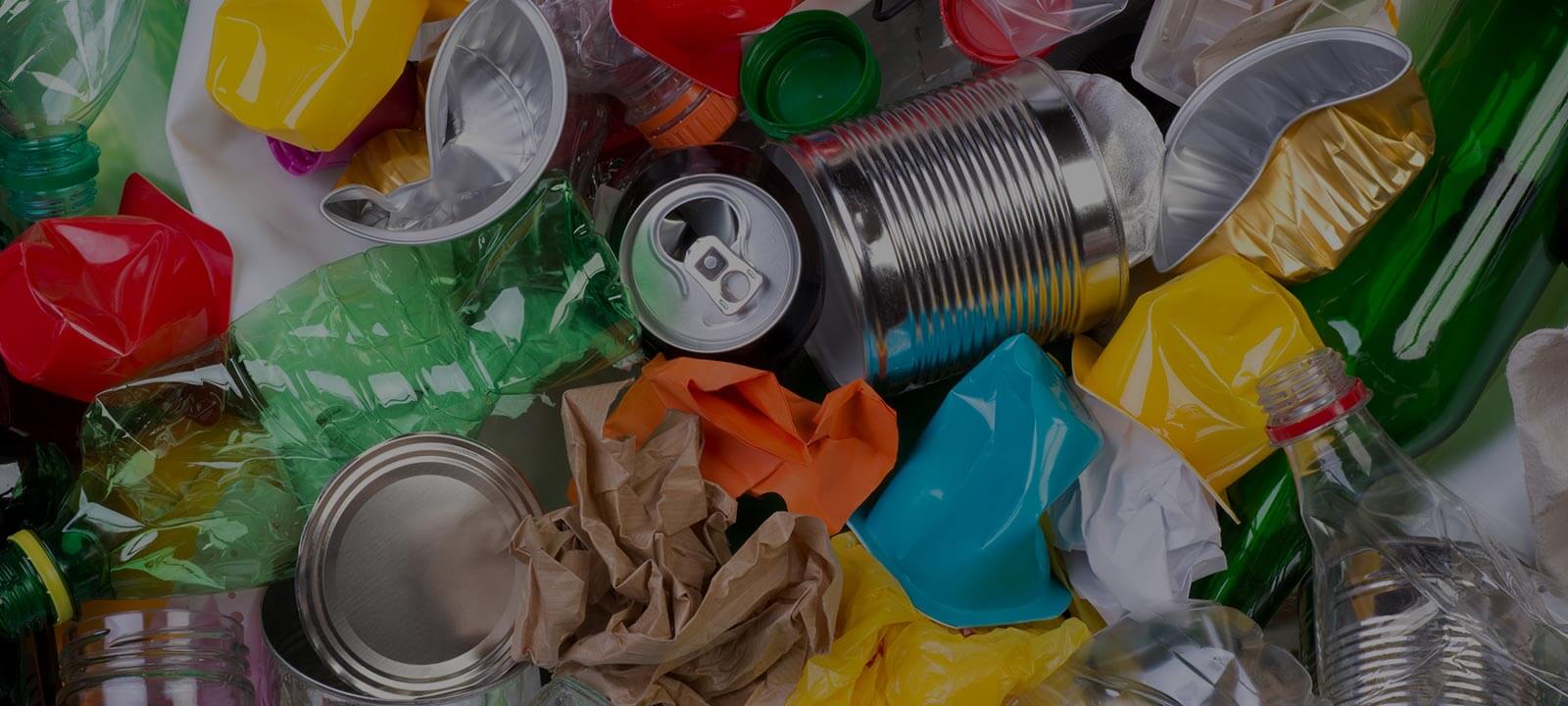Strategies for Biodegradable Waste Management
Posted on 12/02/2025
Biodegradable waste management is increasingly becoming a critical aspect of sustainable living and environmental conservation. With the global population rising and urbanization accelerating, the amount of waste generated is surging at an unprecedented rate. Among the various types of waste, biodegradable waste is particularly noteworthy because of its potential environmental impact and utility if properly managed. This article delves into the strategies for effective biodegradable waste management, highlighting key practices and technologies that can make a substantial difference.
Understanding Biodegradable Waste
Biodegradable waste encompasses organic materials that can be broken down by microorganisms into simpler substances. Common examples include food scraps, paper products, yard waste, and certain textiles. Unlike non-biodegradable waste, which can linger in landfills for centuries, biodegradable waste can decompose into natural elements, thus reducing its environmental footprint. However, improper disposal of biodegradable waste can still lead to significant issues, including greenhouse gas emissions and water pollution.

Composting: Turning Waste into Value
One of the most effective strategies for managing biodegradable waste is composting. This process involves the controlled decomposition of organic materials to produce compost, a nutrient-rich soil conditioner that can enhance soil health and reduce the need for chemical fertilizers.
Types of Composting
There are several composting methods, each with its own advantages:
1. Aerobic Composting: Involves the use of oxygen to break down organic matter. This is the most common form, usually done in compost bins or piles. It is efficient and emits fewer greenhouse gases compared to anaerobic methods.
2. Anaerobic Composting: Occurs in the absence of oxygen, often in sealed containers. This method can produce biogas, which can be captured and used as a renewable energy source, but it also tends to release more methane, a potent greenhouse gas.
3. Vermicomposting: Uses earthworms to accelerate the decomposition process. This method produces high-quality compost known as worm castings, which are particularly beneficial for enhancing soil fertility.
Biogas Production: Capturing Energy from Waste
Biogas production is an innovative method of managing biodegradable waste that involves the anaerobic digestion of organic material to produce biogas--a mixture of methane and carbon dioxide. This biogas can be used for electricity generation, heating, and as a transportation fuel.
Steps in Biogas Production
1. Feedstock Collection: Gathering organic waste material such as food scraps, manure, and plant residues.
2. Anaerobic Digestion: The collected feedstock is placed in airtight containers known as digesters, where bacteria break down the organic matter in the absence of oxygen.
3. Biogas Capture: The produced biogas is collected and purified to remove impurities, making it suitable for various applications.
4. Digestate Management: The byproduct of anaerobic digestion, called digestate, can be used as a fertilizer, adding another layer of benefit to the process.
Industrial Symbiosis: Integrating Waste Management into Industrial Processes
Industrial symbiosis involves the collaboration of different industries to utilize each other's byproducts. In the context of biodegradable waste management, this concept can be highly effective.
Examples of Industrial Symbiosis
1. Agricultural and Food Industry Partnerships: Food processing plants can supply organic waste to nearby farms for composting or biogas production, thereby reducing disposal costs and creating value-added products like compost and energy.
2. Bio-Refineries: These facilities can process biodegradable waste into various bio-products such as biofuels, bioplastics, and biochemicals, contributing to a circular economy.
Policy and Community Engagement: Promoting Sustainable Practices
Policy interventions and community engagement are crucial for the success of biodegradable waste management strategies.
Government Policies
1. Waste Segregation Laws: Implementing laws that mandate the segregation of organic waste at the source can significantly enhance the efficiency of composting and biogas production.
2. Incentives for Sustainable Practices: Offering tax breaks, subsidies, and grants for businesses and households that adopt sustainable waste management practices can encourage broader participation.
Community Initiatives
1. Educational Programs: Raising awareness about the benefits of biodegradable waste management through workshops, seminars, and school programs can foster community participation.
2. Community Composting Projects: Establishing communal composting facilities in neighborhoods can make it easier for residents to participate in sustainable waste management.
Technological Innovations: Leveraging Modern Solutions
Technological advancements are playing a critical role in improving biodegradable waste management.
Smart Waste Management Systems
1. IoT-Enabled Waste Bins: These smart bins can sort waste at the source, ensuring that only biodegradable material enters the composting or biogas production stream.
2. Waste Tracking and Management Software: Advanced software solutions can help in monitoring waste generation, collection, and disposal, thereby optimizing the entire waste management process.
Advanced Treatment Technologies
1. In-Vessel Composting: This method involves composting organic waste in a closed, temperature-controlled environment, accelerating the decomposition process and reducing odor issues.
2. Thermal Hydrolysis: This pre-treatment process involves heating organic waste under high pressure, making it easier to break down during anaerobic digestion, thus improving biogas yield.

The Role of Research and Development
Continuous research and development (R&D) are essential for innovating biodegradable waste management practices. Universities, research institutions, and private companies are investing in R&D to discover new methods and improve existing technologies.
Areas for Future Research
1. Microbial Efficiency: Exploring different microbial strains to enhance the efficiency of composting and biogas production processes.
2. Material Innovation: Developing biodegradable materials that break down more efficiently, reducing the environmental impact of waste.
3. Energy Recovery: Improving technologies for capturing and utilizing energy from biodegradable waste, making the process more economically viable.
Conclusion
Effective biodegradable waste management is essential for achieving environmental sustainability and reducing the strain on natural resources. By employing a combination of methods such as composting, biogas production, industrial symbiosis, and leveraging technological innovations, we can turn waste into valuable resources. Additionally, policy support and community engagement play vital roles in fostering a culture of sustainable waste management. Continuous research and development will further enhance these strategies, paving the way for a more sustainable future.
Embracing these strategies not only mitigates the negative impacts of waste but also contributes to a circular economy where resources are reused and recycled, ensuring a healthier planet for future generations.






